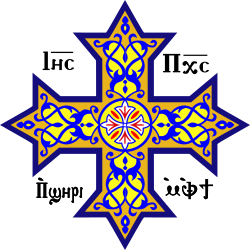This article needs additional citations for verification .(July 2014) |
| Monastery information | |
|---|---|
| Other names | Deir el-Shuhada or Deir el Manawus |
| Established | unknown [1] |
| Dedicated to | Saint Ammonius & 3,600 Martyrs of Esna |
| Diocese | Coptic Orthodox Church of Alexandria |
| People | |
| Founder(s) | Saint Ammonius |
| Site | |
| Location | Esna, Luxor |
| Country | |
| Coordinates | 25°15′26″N32°32′49″E / 25.257222°N 32.546944°E |
| Public access | Yes |
The Monastery of Saint Ammonius, also known as the Monastery of the Martyrs, is a Coptic Orthodox monastery near Esna.


